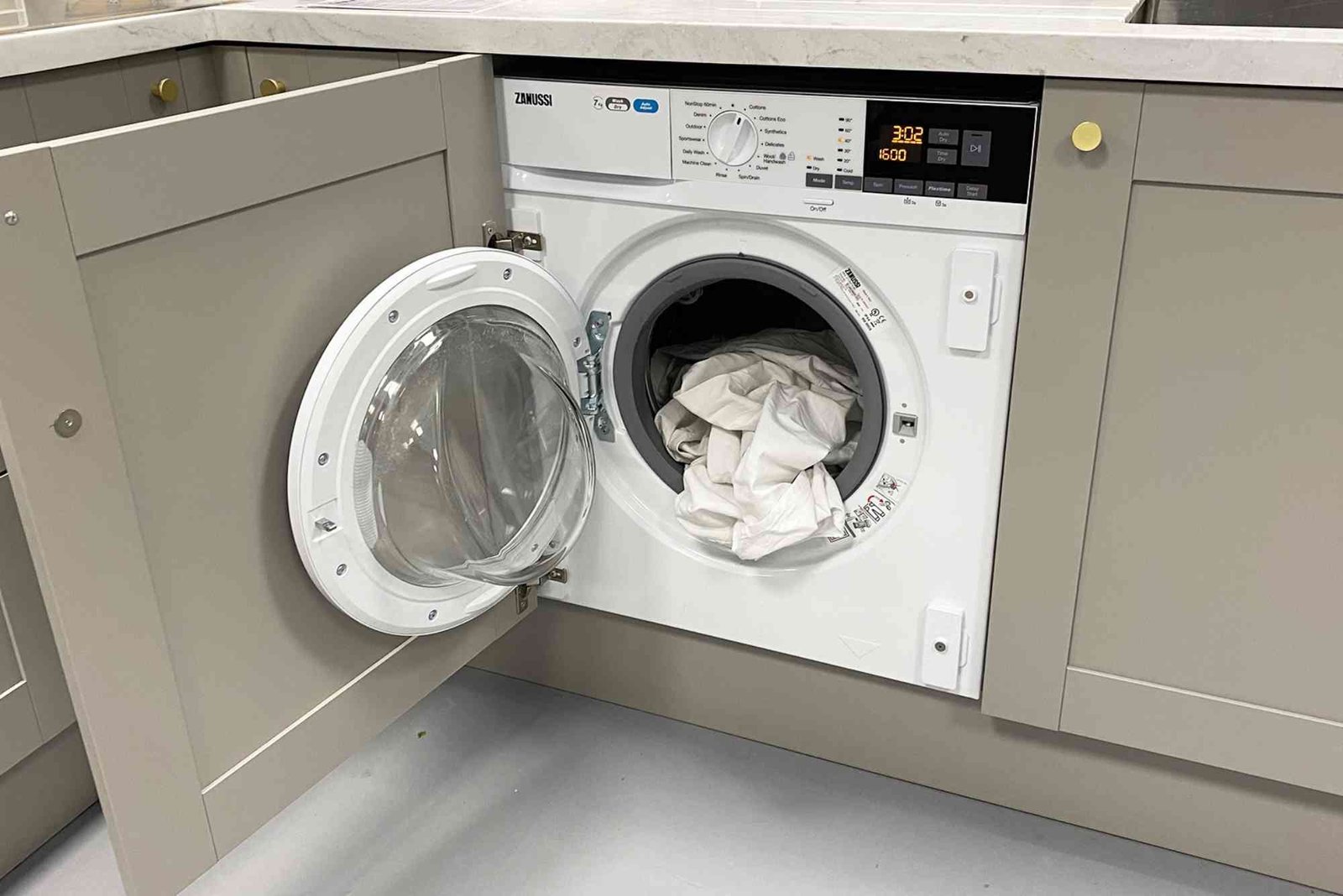Introduction
Changing your car’s color can transform its entire look and make it feel brand new again. Whether you want a bold, glossy red or a sleek matte black, knowing how to change car color correctly ensures a stunning finish and long-lasting results. This complete guide will walk you through every essential step, from choosing the right paint to applying it like a pro.
A car’s paint isn’t just about looks—it protects the metal beneath from rust and wear. Understanding the proper how-to process for repainting helps you avoid costly mistakes and keeps your car shining for years.
Understanding the Basics of Car Color Change
Changing a car’s color isn’t just about spraying on new paint. It’s a detailed process involving preparation, sanding, priming, painting, and sealing. Before you begin, decide whether to repaint yourself or hire professionals. A DIY job can save money, but a professional painter ensures perfection.
If you plan a DIY paint job, you must have the right tools, space, and safety equipment. The process is time-consuming but rewarding when done carefully.
Factors to Consider Before Changing Your Car’s Color
Before starting, you need to assess a few crucial factors. First, consider your local regulations—some countries require you to register a color change with authorities. Second, decide whether you want the same color family or a completely new one. Bright or custom colors can increase costs, while standard shades are more affordable and easier to maintain.
You should also think about the car’s resale value. While unique colors can make your car stand out, not all buyers prefer them. If you plan to sell your car later, sticking to neutral tones like white, gray, or black might be a better idea.
Choosing Between Paint and Wrap
One of the biggest decisions when learning how to change car color is whether to use paint or vinyl wrap. Both have their pros and cons.
Painting
Painting gives a deep, durable finish and is ideal for long-term results. You can choose between single-stage and two-stage paints. Single-stage combines color and gloss, while two-stage uses a base color coat topped with a clear protective layer for extra shine and durability.
Wrapping
A vinyl wrap involves covering your car with a thin film of colored or textured material. It’s faster, reversible, and offers unique finishes like carbon fiber or chrome. Wraps are ideal if you want to experiment with colors or designs temporarily.
For a detailed comparison of auto-related projects, visit this Related Automobile article.
Step-by-Step Guide: How To Change Car Color
Now let’s dive into the complete how-to process. This method applies to DIY enthusiasts and professionals alike.
Prepare Your Workspace
Ensure you have a clean, dust-free, and well-ventilated space. Paint fumes can be harmful, so wear protective gear and ensure proper airflow. If painting outdoors, choose a calm, dry day.
Gather Tools and Materials
You’ll need sandpaper, primer, paint, clear coat, masking tape, drop cloths, and a spray gun. Using quality materials ensures smooth, long-lasting results.
Clean and Sand the Car
Wash your car thoroughly to remove dirt, grease, or wax. Then sand the entire surface to remove the existing clear coat and create a rough texture for new paint adhesion. Use 320–600 grit sandpaper for the best results.
Mask and Protect Non-Painted Areas
Use masking tape and paper to cover parts you don’t want to paint—such as windows, mirrors, headlights, and trims. Take your time with this step to prevent overspray and uneven lines.
Apply Primer
The primer prepares the car’s surface and prevents rust. Spray an even coat and let it dry completely. Sand the primer lightly to remove imperfections before applying paint.
Apply Base Color
Now it’s time to add your chosen color. Apply the paint in thin, even layers, allowing each coat to dry before applying the next. Usually, two to three coats are enough for full coverage.
Add Clear Coat
Once the color coats are dry, apply a clear coat for shine and protection. It seals the paint, prevents UV damage, and adds a glossy finish.
Let the Paint Cure
After painting, let your car sit for at least 24–48 hours to allow the paint to cure. Avoid washing or waxing the car for at least two weeks.
Polish and Wax
Once cured, polish your car to smooth out the surface, then apply wax to protect the new finish and give it that fresh, glossy shine.
How Much Does It Cost to Change a Car’s Color?
The cost varies depending on your chosen method and materials. A professional paint job can cost anywhere from $500 to $5000. Simple jobs using basic colors are cheaper, while custom colors, metallic finishes, or multi-stage coatings can cost more.
Vinyl wrapping is usually less expensive, costing between $1000 and $3000. It’s also faster and easier to replace if damaged.
DIY paint jobs are the most affordable, but you’ll need to invest in quality materials and tools to achieve a professional look.
How Long Does It Take to Change Car Color?
A full car repaint can take anywhere from three days to two weeks, depending on the level of prep work and the type of paint used. Drying and curing times can vary based on weather conditions and materials.
Vinyl wrapping takes much less time—typically two to three days. However, wraps generally last 3–5 years before needing replacement.
Legal Considerations When Changing Car Color
In many countries, changing your car’s color must be reported to the vehicle registration authority. This ensures that your car’s new appearance matches its official documentation. Failure to do so could cause issues if your car is inspected or sold. Always check your local transport department’s rules before proceeding.
Maintenance Tips After Changing Car Color
Once you’ve changed your car’s color, it’s important to care for it properly. Wash the car regularly using mild soap and water. Avoid abrasive cleaners or hard brushes that can damage the new finish. Waxing every few months helps maintain the shine and protects the paint from environmental damage.
If you used a wrap, avoid high-pressure washing, as it can lift the film at the edges. Instead, use gentle cleaning methods and park in shaded areas to prolong its life.
Common Mistakes to Avoid
When learning how to change car color, beginners often make a few avoidable mistakes. Applying thick coats of paint can lead to runs and uneven drying. Skipping the sanding or priming step can cause the paint to peel or bubble later. Always allow adequate drying time between coats, and never rush the curing process.
Another mistake is ignoring surface damage. If your car has rust or dents, repair them first—painting over defects only hides them temporarily.
Should You DIY or Hire a Professional?
If you have experience and proper tools, a DIY project can save you thousands. However, if you want a showroom-quality finish or a complex color change (like metallic or pearlescent effects), hiring a professional painter is worth the cost.
Professionals have access to high-end equipment, controlled environments, and expertise that ensure flawless results.
For a deeper understanding of automobile maintenance, check this guide on How To Change Car Color.
FAQs
Can I change my car’s color without repainting?
Yes, you can use a vinyl wrap instead. It’s quicker, reversible, and available in a wide range of colors and finishes.
Do I need to tell the authorities if I change my car’s color?
In most countries, yes. You must update your vehicle registration records to reflect the new color.
How long does a car wrap last?
A good-quality vinyl wrap can last 3–5 years with proper care and minimal sun exposure.
Can I paint my car a different color myself?
Yes, but ensure you have proper ventilation, safety gear, and quality materials. It’s a time-intensive process requiring precision and patience.
What’s the cheapest way to change car color?
The most affordable option is DIY painting or using a budget vinyl wrap. However, the results might not match professional quality.
Changing your car’s color is one of the most exciting upgrades you can make. It not only enhances the car’s appearance but also reflects your personality and style. By following the steps in this how-to guide, you can achieve a beautiful, lasting finish whether you choose to paint or wrap your vehicle.
Before you start, plan carefully, gather all materials, and take your time through each step. Whether it’s a full repaint or a modern wrap, a well-done job gives your car a fresh new life.
If you’re ready to explore more about automobiles and DIY vehicle care, visit our How To Change Car Color section. For additional global safety information and vehicle care standards, Learn more.




